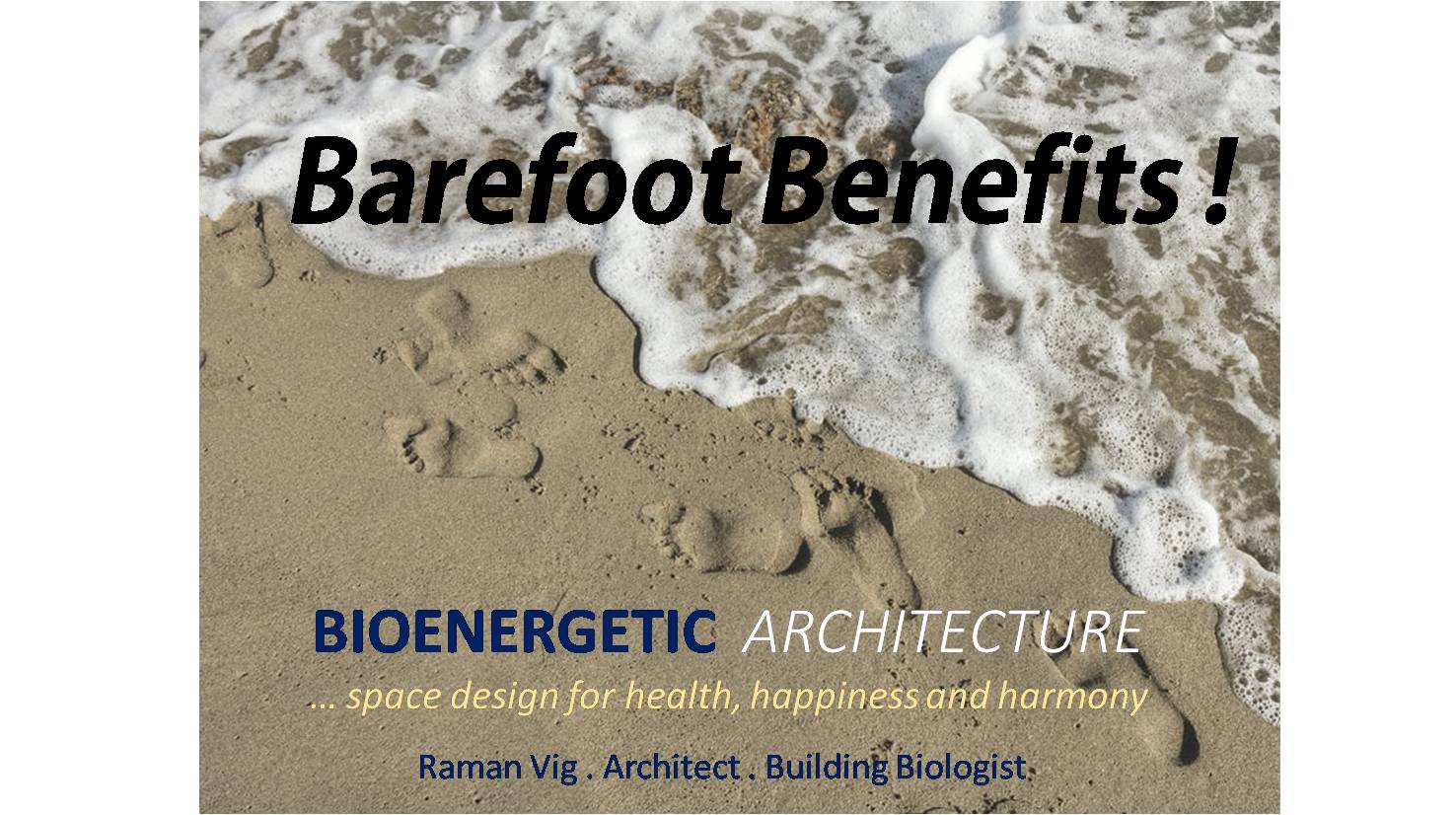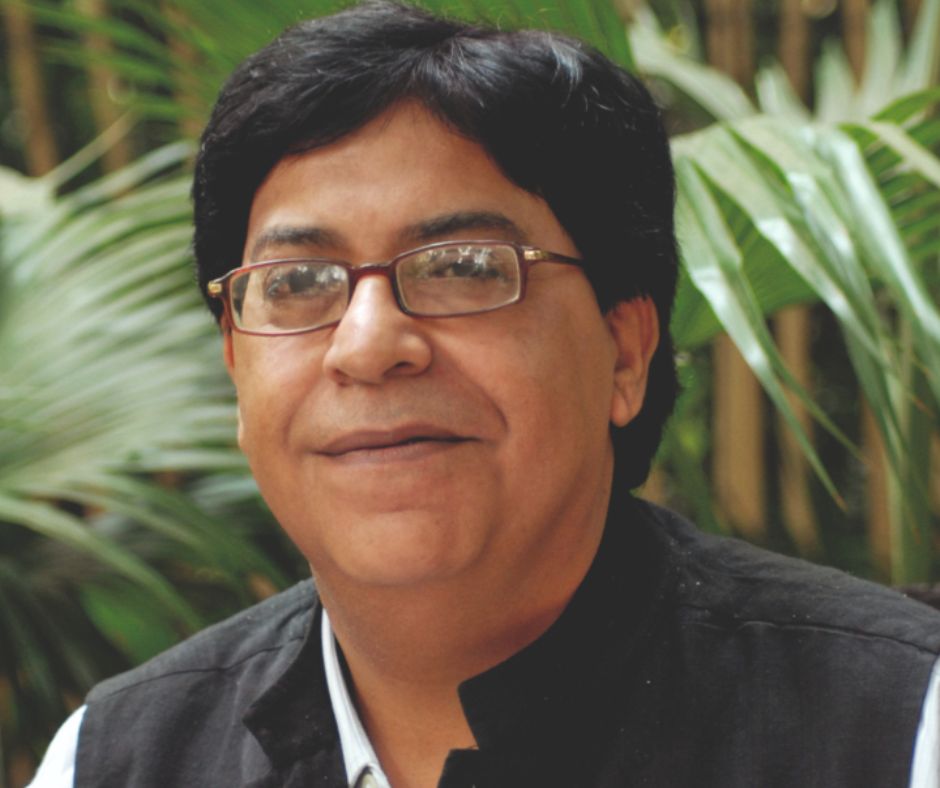 ‘Circa 2020…..CoVID-19 lockdown….a typical household: People enter their house (if at all they had to step out for any essential task); they take off their shoes at the door and stash them away. They either wear in-house shoes or simply go barefoot within the house, and proceed to sanitize their hands. Some even change clothes or have a bath to prevent any virus to be carried into the house from outside.’
‘Circa 2020…..CoVID-19 lockdown….a typical household: People enter their house (if at all they had to step out for any essential task); they take off their shoes at the door and stash them away. They either wear in-house shoes or simply go barefoot within the house, and proceed to sanitize their hands. Some even change clothes or have a bath to prevent any virus to be carried into the house from outside.’
Aforementioned ‘pandemic-induced-ritual’, bears an uncanny resemblance to the traditional Indian lifestyle. Till as recent as mid of last century (and even currently in many rural households across India), whenever anyone enters their house, they take off their shoes, wash their hands and feet and walk barefoot into the house.This ritual went beyond one’s own house and replicated during visit to a temple, a classroom, even work place and when visiting somebody.
Perhaps it’s time to revisit this age-old Indian tradition to understand how the science behind it can ensure multiple benefits even in contemporary times.
It’s plain and simple hygiene!
In the light of Corona virus, the general hygiene aspects have taken a ‘refreshingly intense’ focus in our consciousness. Shoes remain one of the most prominent sources for ingress of harmful micro-organisms into the house, raising the risk of disease, especially those contagious in nature. Moreover, the dirt, mud, chemical spills on ground and even faecal contaminants too find their way into our homes through shoes. It is a simple matter of hygiene to keep the shoes outside and clean hands and feet as we enter our house. Something as obvious as ‘keep the shoes out of house’ is being stressed upon today under the peril of pandemic; which erstwhile has been an integral lifestyle feature of most ancient cultures.
What seems more important for us (especially urban Indians) is to inquire why did we forgo( in most city households), such healthy habits in the first place!
Being barefoot facilitates ‘Grounding’ : an electrical perspective
The fact that ‘We are electrical beings’ was long understood by our traditional scientists (read ‘Sages’). Hence the traditional lifestyle hinged around connecting with the earth by either walking barefoot within the house,sleeping on ground, eating while sitting on ground and even kids playing barefoot in the fields.
As we became more ‘technically advanced’ and ‘socially civilized’,we severed our vital connect with the earth. The first rubber-soled shoes appeared somewhere in 1875 and by 1930 synthetic-soled shoes were commonplace. Wearing shoes with rubber or synthetic soles completely disconnects the flow of earth’s neutralizing charge into our body. Many of us live in our shoes without ever touching the earth for years!
Nowadays, many urban dwellers spend hours in front of statically charged LCD screens of our cell phones and laptops. The static charge from plethora of electrical gadgets that surround us, induces a charge in the air around and subsequently onto our skin (this is something easily measurable). Just simply touching the ground with barefoot immediately and spontaneously ‘grounds’ our body charge. Nobel Prize winner Richard Feynman in his lectures on electromagnetism elaborates that when the body potential is the same as the Earth’s electric potential (and thus grounded), it becomes an extension of the Earth’s gigantic electric system. The Earth’s potential thus becomes the “working agent that cancels, reduces, or pushes away electric fields from the body.”
Being barefoot facilitates well-being!
Like any electrical circuit, even in human body, a ‘balanced flow of charge’ within the system is essential for it’s effective working.Earthing or Grounding means connecting your physical body (skin layer) to the Earth. This connect with earth allows a transfer of negatively charged electrons from the Earth’s surface into the body. The availability of free electrons to neutralize positive charge (often referred as free radicals which are known to damage our cell membranes and DNA, leading to cancer and numerous diseases) that develops in our body ; is the basis of numerous health benefits that happen due to ‘earthing’. https://heartmdinstitute.com/wp-content/uploads/2010/02/IMCJ10_3_p16_24chevalier.pdf
Going barefoot is perhaps the simplest, cheapest and most natural secret of well being know to man.
In his book‘Energy Medicine: The Scientific Basis’biophysicist James Oschman states:
“The moment your foot touches the Earth, your physiology changes. An immediate normalization begins. And an anti-inflammatory switch is turned on.People stay inflamed because they never connect with the Earth, the source of free electrons which can neutralize the free radicals in the body that cause disease and cellular destruction. Earthing is the easiest and most profound lifestyle change anyone can make.”
Recent research categorically supports the concept that grounding or earthing the human body is an essential element in the health equation along with sunshine, clean air and water, nutritious food, and physical activity.https://www.hindawi.com/journals/jeph/2012/291541/
Earthing by going barefoot is proven to make healing happen spontaneously by facilitating following:
- Greatly improves sleep quality
- Reduces blood viscosity (thickness) and supports cardiovascular health. https://www.liebertpub.com/doi/pdf/10.1089/acm.2011.0820
- Neutralize positively charged free radicals that cause chronic inflammation and reduce pain
- Reduce stress levels and boost immune response
- Calming of mind and achieving centeredness
How architecture promotes the ‘barefoot culture’
The ‘design edge conditions’ between spaces or the ‘threshold zones’ have always held a very special place in traditional and prominent contemporary architecture. Designing a space ( vestibule) at the main entrance of a house ( or workplace or even a school); where one can conveniently take off shoes, store them, wash hands and feet, before proceeding inside–offers numerous benefits as a buffer zone between outside and inside and it is simple to achieve. Traditionally, front ‘Verandah’ in India or ‘Genken’ in Japan used to serve the same purpose – a space where the outdoor ‘has stopped’ and the indoors is ‘yet to begin’.
 Such an entrance zone can be perceived and designed as a ‘psychological transition space’, which also facilitates cleanliness and hygiene of indoor spaces and offers to provide a ‘thermal buffer’ in composite, tropical and wet climates. These spaces carry enormous potential to promote the culture of ‘barefoot living’ without being intrusive or imposing.
Such an entrance zone can be perceived and designed as a ‘psychological transition space’, which also facilitates cleanliness and hygiene of indoor spaces and offers to provide a ‘thermal buffer’ in composite, tropical and wet climates. These spaces carry enormous potential to promote the culture of ‘barefoot living’ without being intrusive or imposing.
As we cautiously tread to redefine every aspect of our lives under the shadow of pandemic, it seems logical to bring back into our lives the best that our heritage and legacy has to offer.
Walking barefoot is one step in this direction!
(For more on this subject visit https://www.bioenergetic-architecture.com/ )






